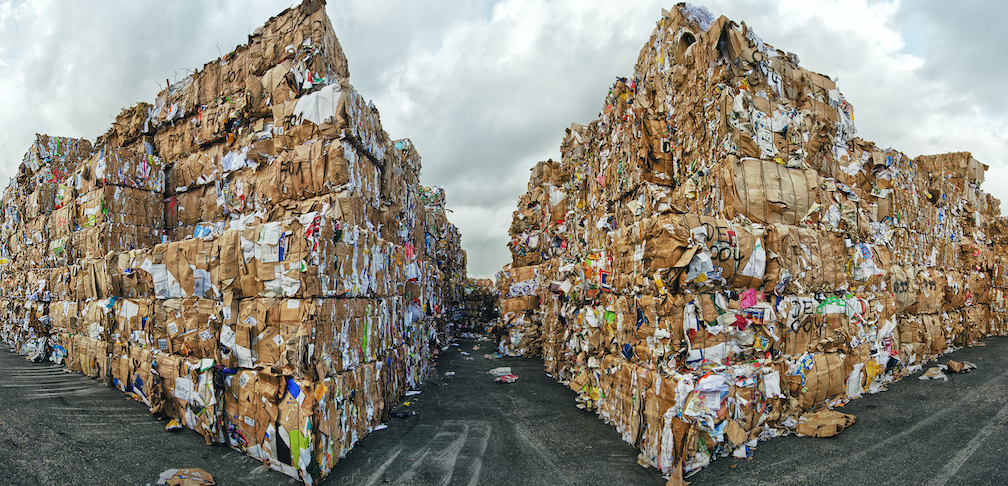In trying to meet your sustainability goals, you have a choice between paper made with virgin fiber and paper that contains some percentage of post-consumer waste (PCW), or paper waste that is collected from homes and offices. Is one better than the other? It depends on your goals.
Paper made with 100% virgin fiber can help your sustainability goals by creating long-term revenue for forest owners. Approximately 89% of the wood harvested for paper and paperboard comes from privately owned forests, so consistent revenue incentivizes forest owners to maintain rather than sell their forests for other uses, such as development or agriculture. If your goal is to have the lowest possible environmental footprint, however, you may want to consider recycled, PCW options.
Here are five reasons to consider using paper made with post-consumer waste:
1. PCW papers print as well as virgin papers.
Paper that contains some percentage of PCW prints well on both digital presses and offset presses, and from a print quality perspective, you would be hard pressed to tell the difference. If it prints just as well, why not use it?
2. PCW papers keep millions of pounds of waste out of our landfills.
According to the EPA, 23% of the material in our landfills comes from paper products. By purchasing paper with PCW content, you are doing your part to reduce the burden on our overflowing landfills.
3. You support the demand for post-consumer fiber.
If businesses and individuals don’t purchase recycled paper, there is no incentive or business model to support continued recycling. The U.S. paper industry has $4.1 billion in manufacturing infrastructure investments, announced, planned or made, between 2019-2023. Let’s keep that going. Buying recycled paper closes the recycling loop and supports the circular economy.
4. You drive down the cost of future recycled paper.
As in every industry, paper cost is impacted by volume. The higher the demand, the higher the manufacturing volumes. Higher manufacturing volumes increase manufacturing efficiencies and drive down price.
5. Buying paper—any kind of paper—increases the forest area.
Today’s forestry products industry is actually increasing the number of trees in the United States. Why? Trees are harvested on a healthy, sustainable schedule and replanted at a ratio of nearly 2:1. The more paper you use, the more trees get planted! There are 20% more trees today than there were 20 years ago.
Want to know more about paper with recycled content? Let’s talk about the wide variety of options you have to choose from.

